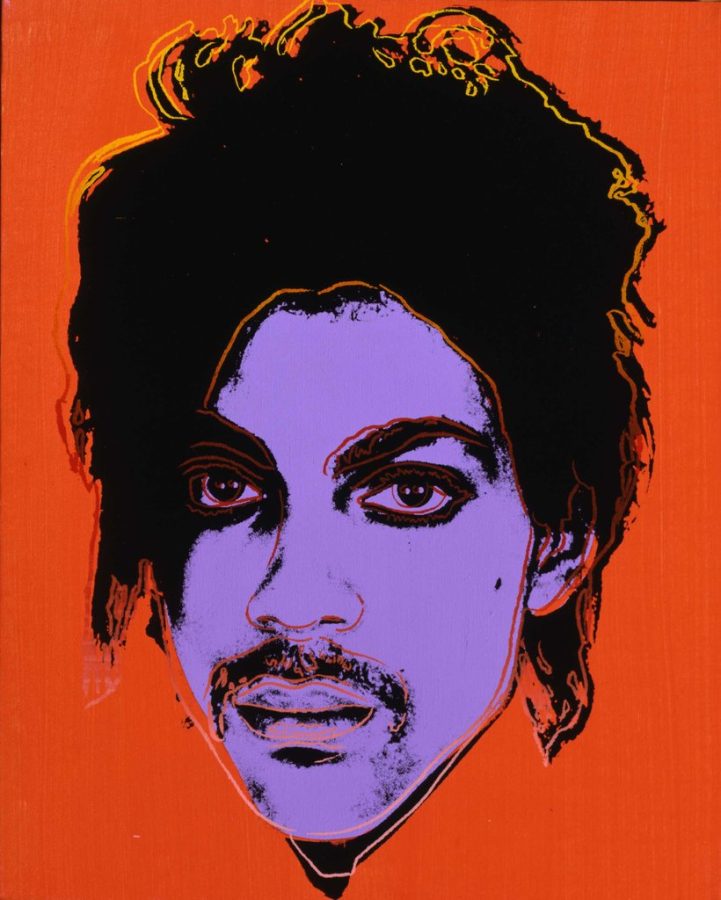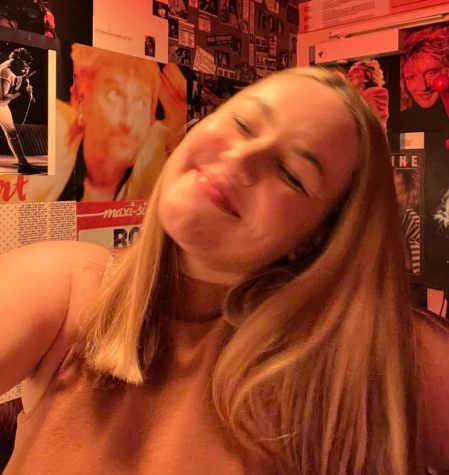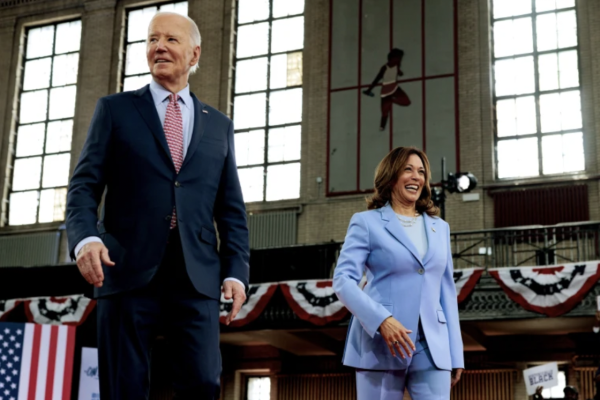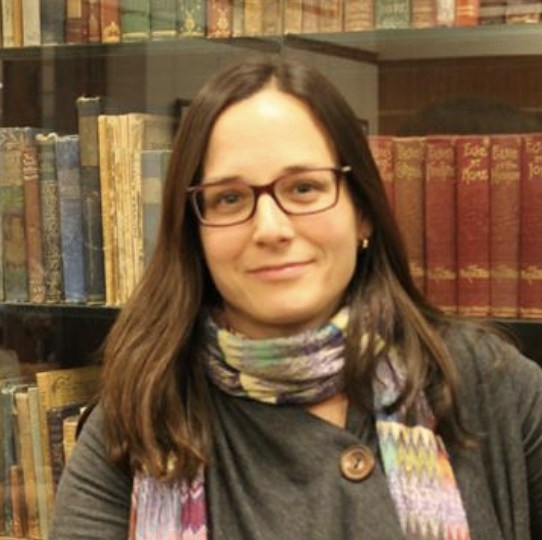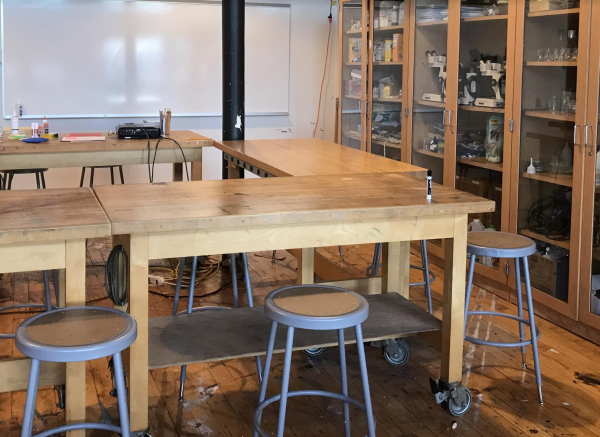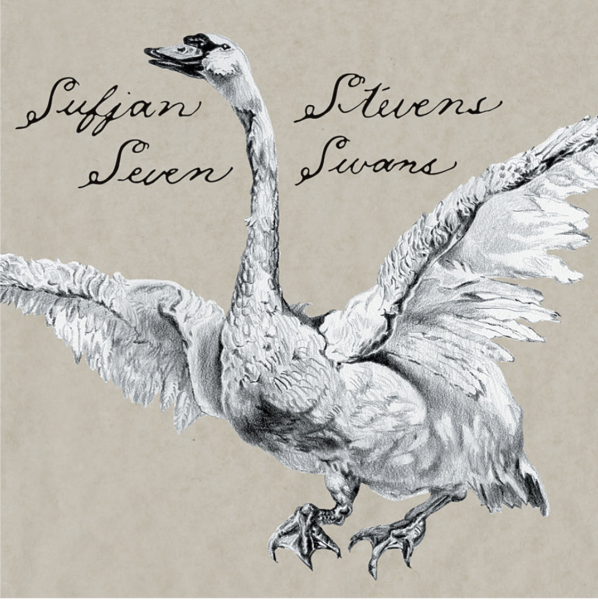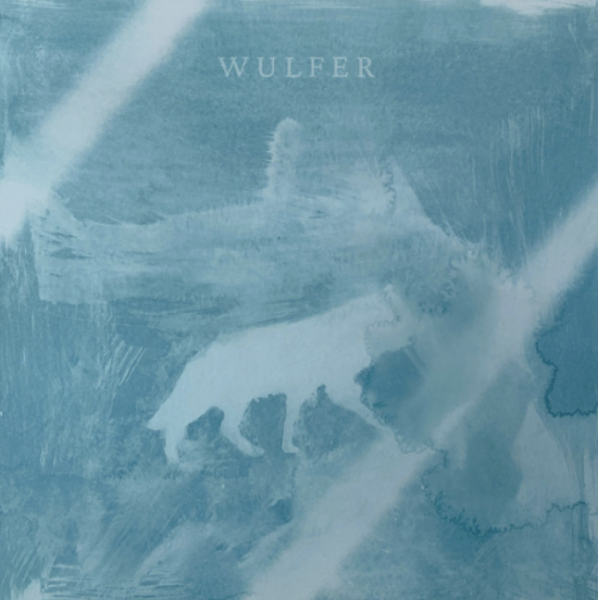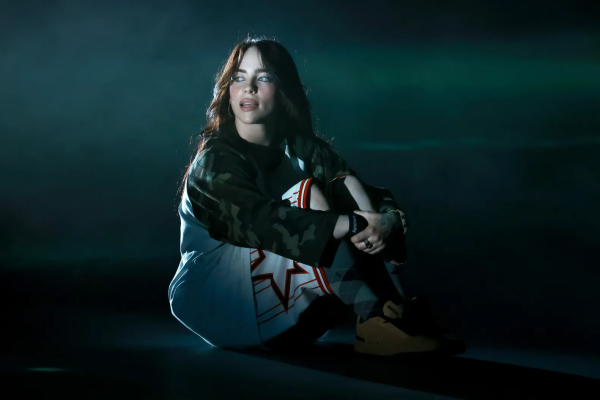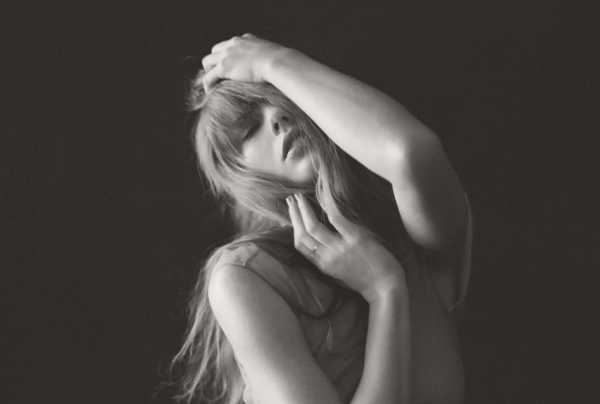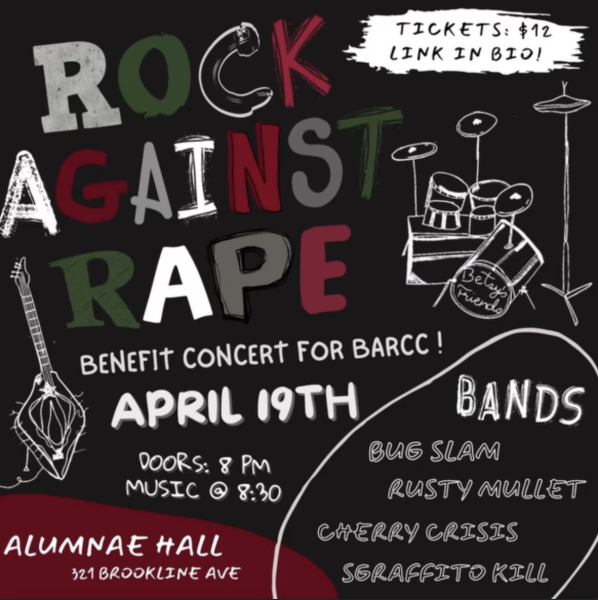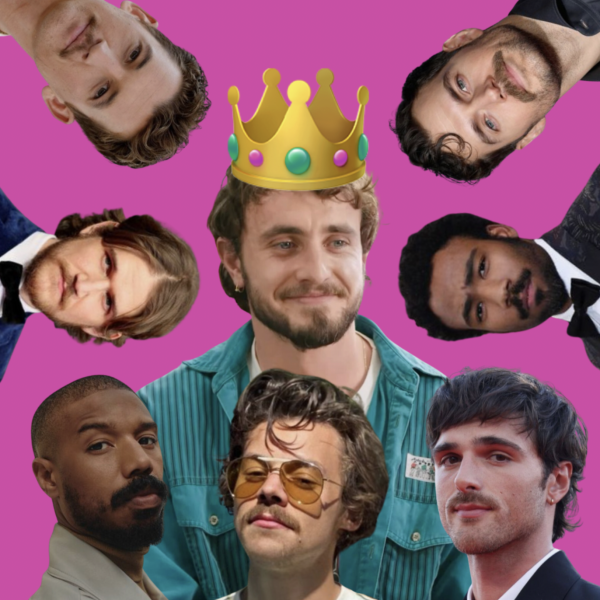Experts say Warhol Supreme Court case threatens artistic creativity
October 23, 2022
The U.S. Supreme Court heard arguments on a copyright-infringement case surrounding Andy Warhol’s Prince Series on October 12, raising questions about the future of artistic fair use policy.
The conflict the Supreme Court is investigating revolves around a 1981 studio photo of R&B-pop-rock legend Prince by Lynn Goldsmith, originally shot for a Newsweek article.
Warhol is known for screen-printed portraits of rock stars and celebrities, including Liz Taylor, Marilyn Monroe, Elvis Presley, and Prince. The ‘Purple Rain’ singer’s printed portrait was based on Goldsmith’s photograph.
Goldsmith’s photo of Prince featured purple eyeshadow, lip gloss, and specialized lighting, which Goldsmith later said was to accent his androgyny.
Newsweek did not publish the photo, resulting in Goldsmith retaining its rights for future licensing and publication.
By 1984, Prince’s fame had skyrocketed, and Vanity Fair commissioned Andy Warhol to create a screen-printed portrait highlighting the commodification of superstars based on Goldsmith’s black-and-white photograph. Thus, Warhol’s “Orange Prince” print was born.
At the time Goldsmith was paid $400 in licensing fees and was promised by Vanity Fair and its parent company Condé Nast that Warhol’s take on her photograph would be used exclusively in the Vanity Fair article.
When Prince died in 2016, Condé Nast once again published Warhol’s image on the front page of their special-issue tribute entitled “The Genius of Prince.” Condé Nast paid the Warhol foundation $10,250 to run the print on its front cover. Goldsmith did not receive financial compensation and her lawyers argued this was a breach of copyright.
The lawyers of the late Warhol argued that the quantity of alterations Warhol made to the original photograph, or degree of artistic license, makes it a separate work.
According to an op-ed published in The Atlantic, the danger of an outcome favoring Goldstein is that it inhibits future artists’ ability to build off of other artists’ work. Mediums from documentaries to Warhol-esque screen prints would be open to copyright lawsuits previously unprecedented.
This possibility has raised waves in the arts community, spurring over three dozen briefs, or written arguments that offer advice to the court from experts in the field. Art experts submitted briefs ranging from the union of NPR reporters to the Dr. Seuss Foundation.
The Supreme Court decision is expected by the end of this year’s term in June 2023.



